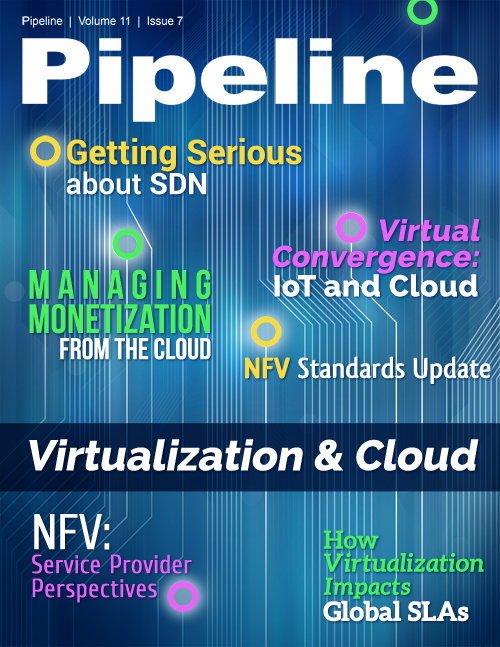NFV Standards Update
Ecosystems to watch
Concurrent with the work at ETSI, three NFV ecosystems have emerged that are driving NFV development in other ways. These ecosystems are championed by Alcatel-Lucent, HP, and the Linux Foundation.
The Linux Foundation is driving an NFV consortium called OPNFV, which counts Intel, Cisco, Ericsson, HP, AT&T, China Mobile, and many other industry leaders as members.
"Open-source code has been proven to accelerate innovation and time to market for new technologies," said Linux Foundation Executive Director Jim Zemlin in a statement. OPNFV "will bring together providers, cloud and infrastructure vendors, developers and users alike to define a new type of reference platform for the industry, integrating existing open-source building blocks with new components and testing that accelerates development and deployment of NFV."
Alcatel-Lucent’s CloudBand supports both distributed clouds and dynamic network control to meet application demands. It also optimizes network operations by automating cloud node management, application lifecycle management, smart placement, and network configuration.
The HP OpenNFV Program provides CSPs and their suppliers—such as network equipment providers (NEPs), independent software vendors (ISVs), and system integrators (SIs)—the foundation upon which to build a dynamic service and network environment. HP’s OpenNFV platform accelerates the design, proof-of-concept, trial, and deployment of new cloud-enabled network services and innovations, while lowering capital expenditures, operating expenditures, and risk.
Work zones
There are still many areas where standards have not been developed, or where standards can help improve the application of NFV in communications networks, and clearly ETSI is aware of these. Still, one area that hasn’t received much attention, but has a significant cost impact, is energy demand. A representative from Comcast brought this up during a meeting with Pipeline at Digital Disruption 2015. Moving workloads to data centers where power costs more would be a bad business decision, and creating logic that automates the parsing of workloads based on energy costs would be a valuable area of development.
NFV = the network of the future
Modern telecoms networks contain an ever increasing variety of proprietary hardware. The launch of new services or network configuration demands the installation of yet more equipment that in turn requires additional floor space, power and trained maintenance staff. As the innovation cycles continue to accelerate, hardware-based appliances rapidly reach end of life. Simply having hard-wired network with boxes dedicated to single functions is not the optimal way to achieve dynamic service offerings. Network design must be more agile and able to respond on-demand to the dynamic needs of the traffic and services running over it. Network Functions Virtualization (NFV) will typify the networks of the future, and evolving standards will accelerate the development of the NFV ecosystem. Great work was done in 2014, and if ETSI’s work outline and the initiatives at CloudBand, OPNFV, and HP are any indication, 2015 will be a banner year for the emerging technology.



















